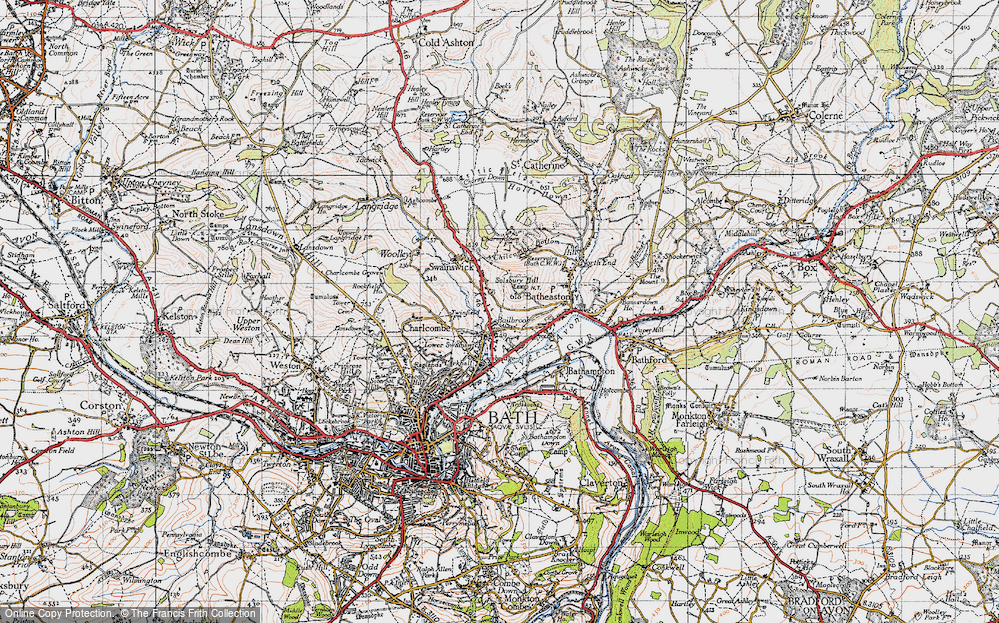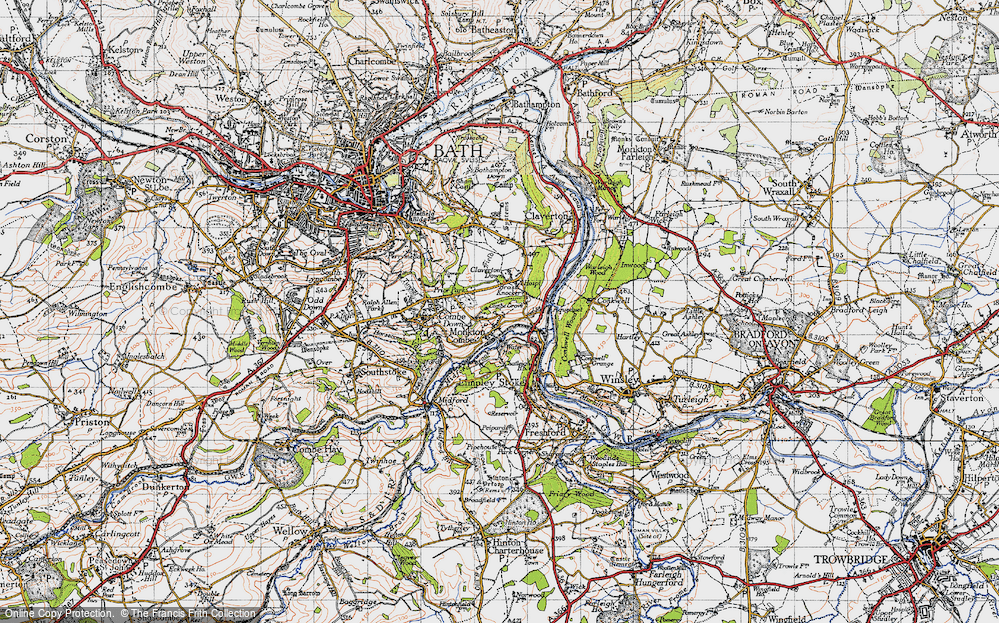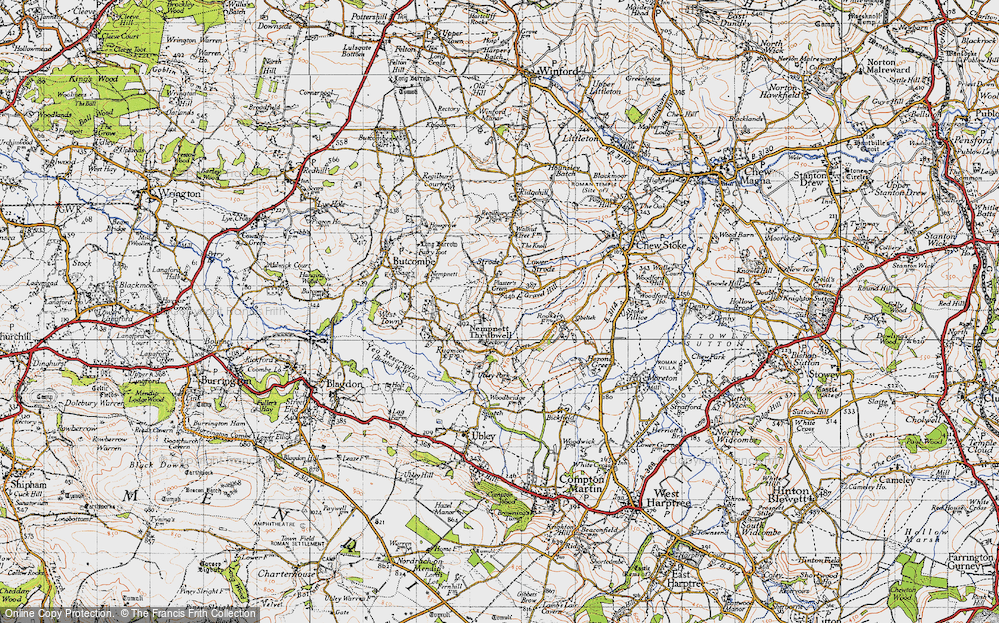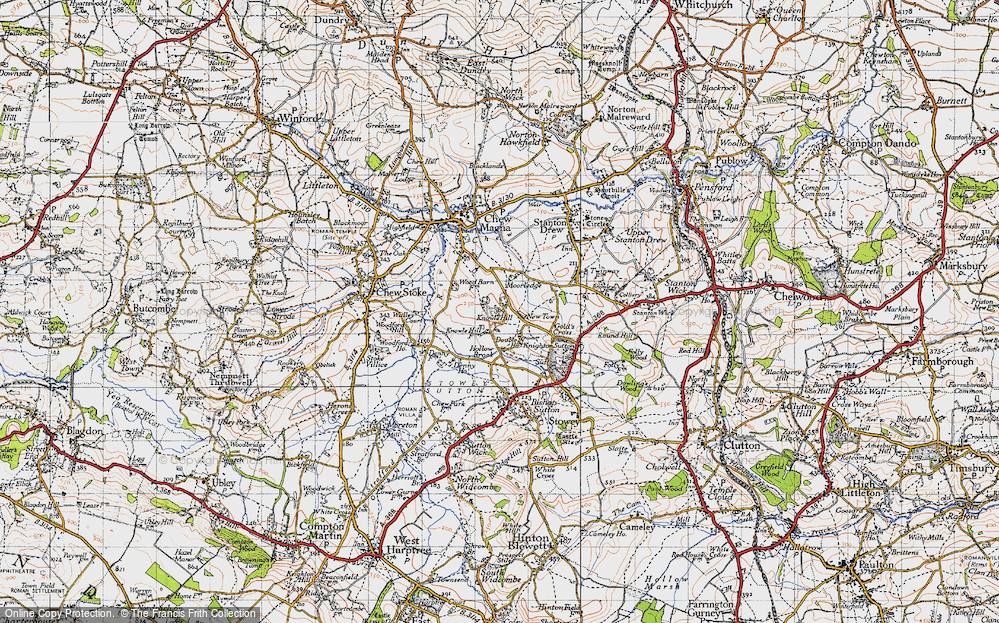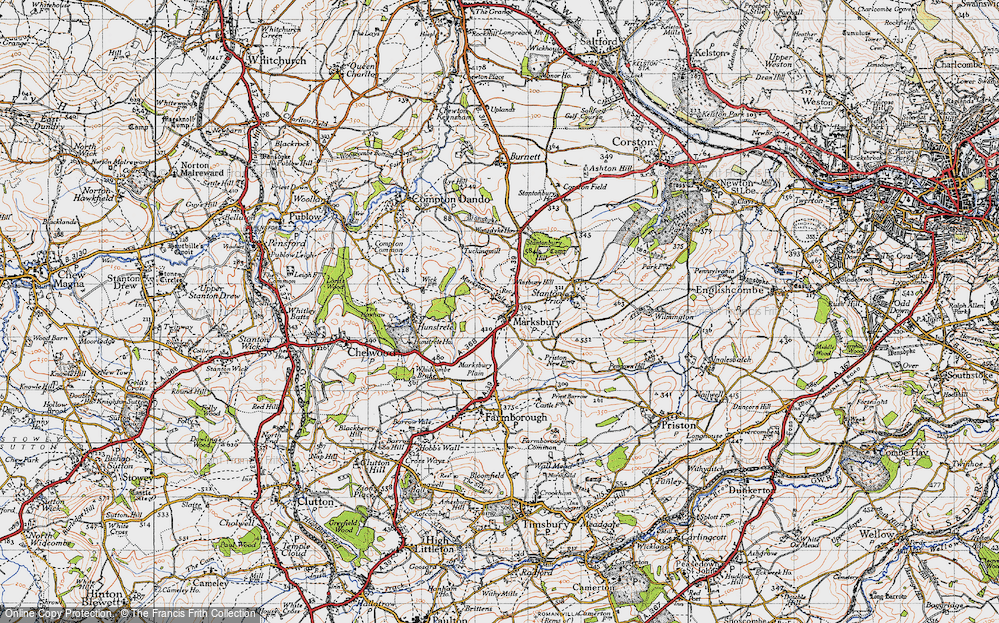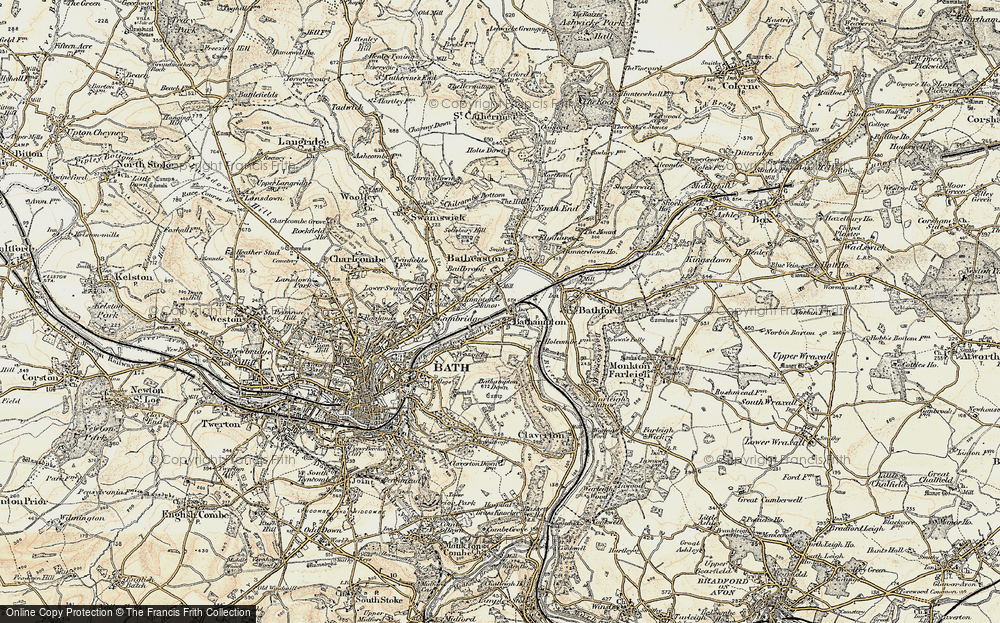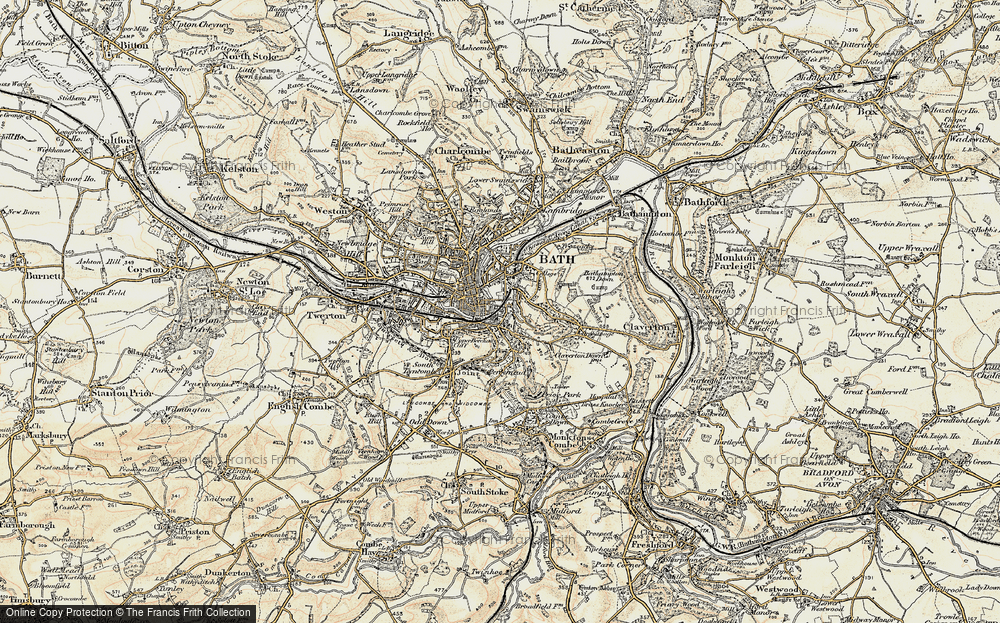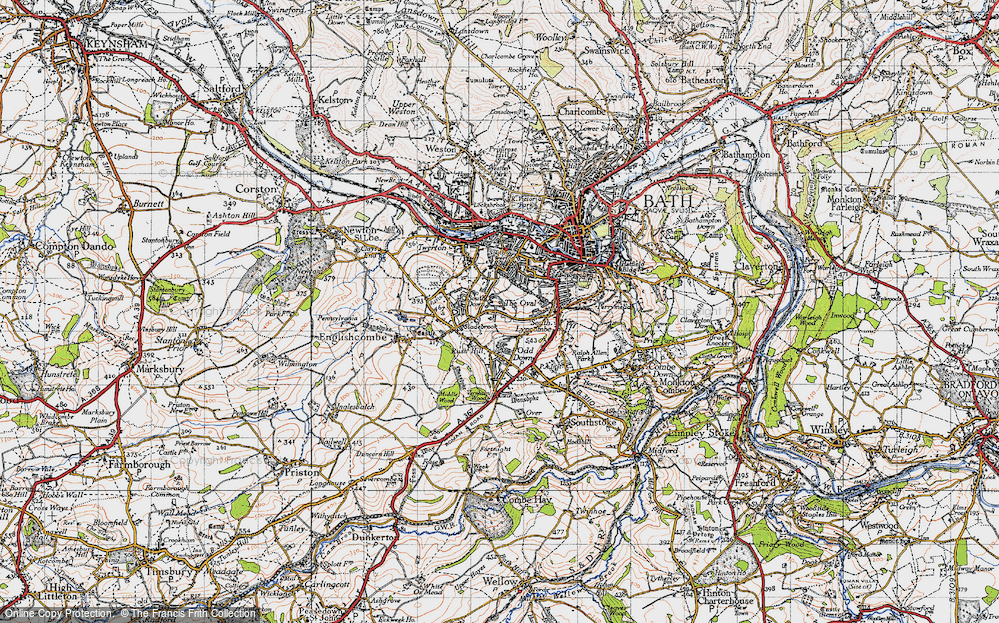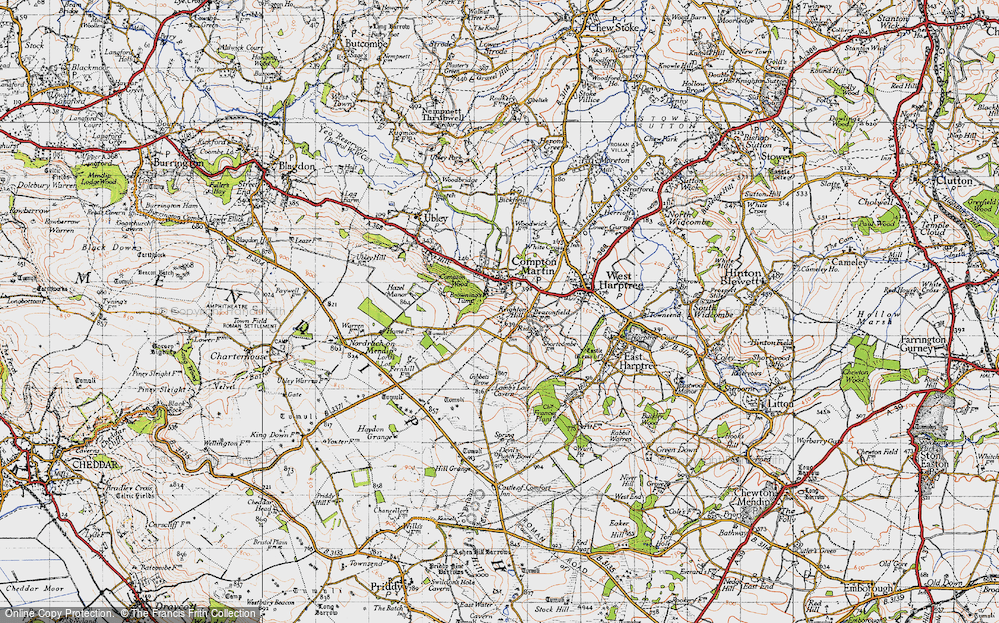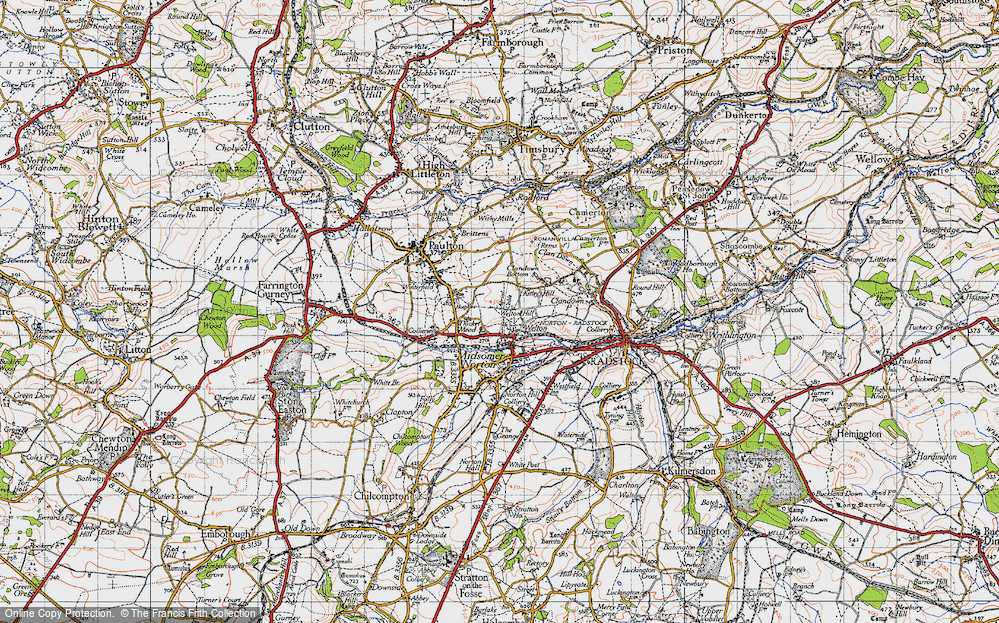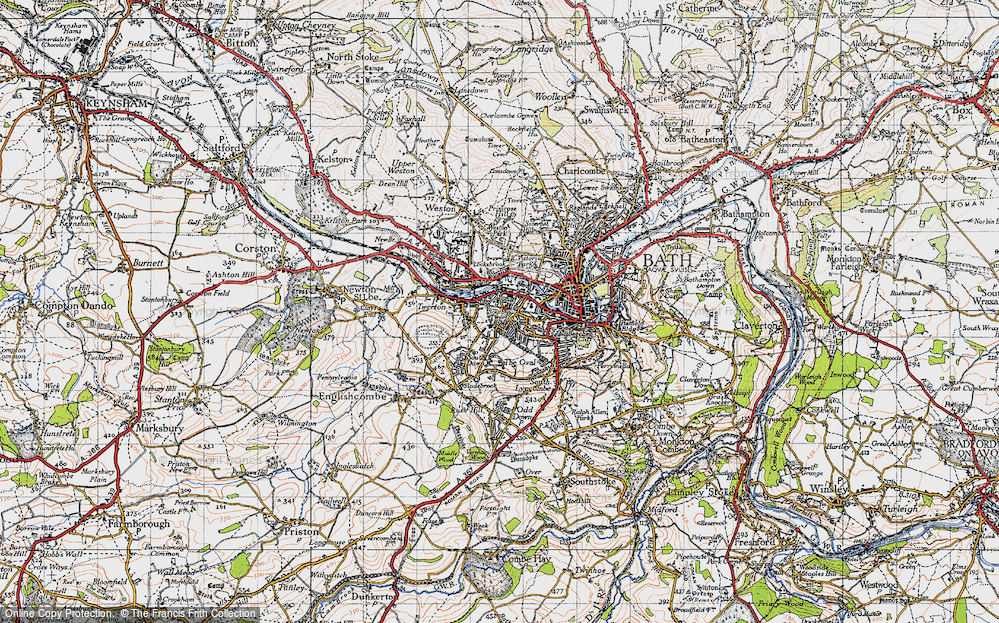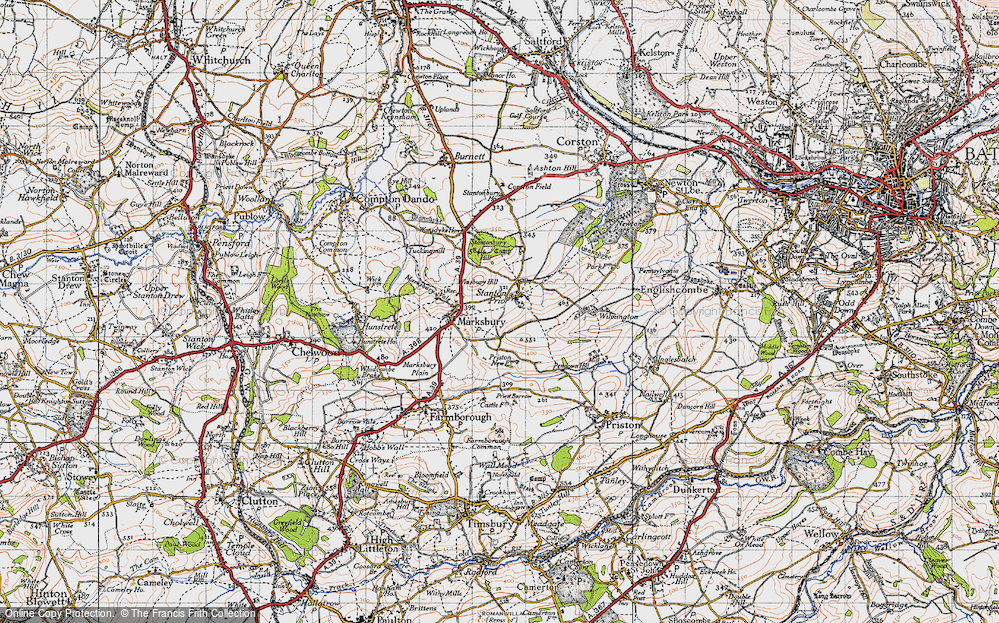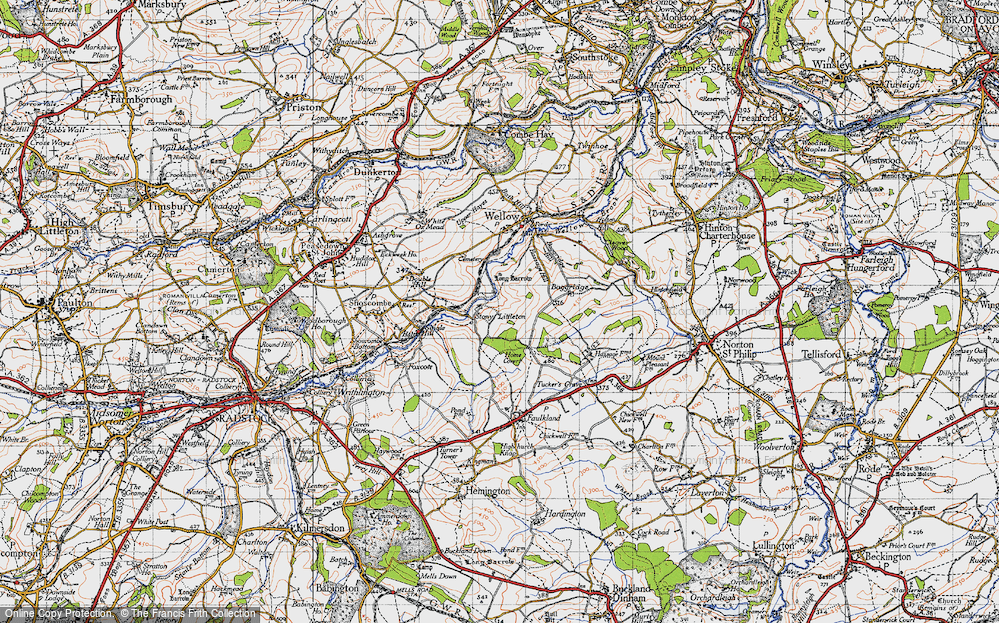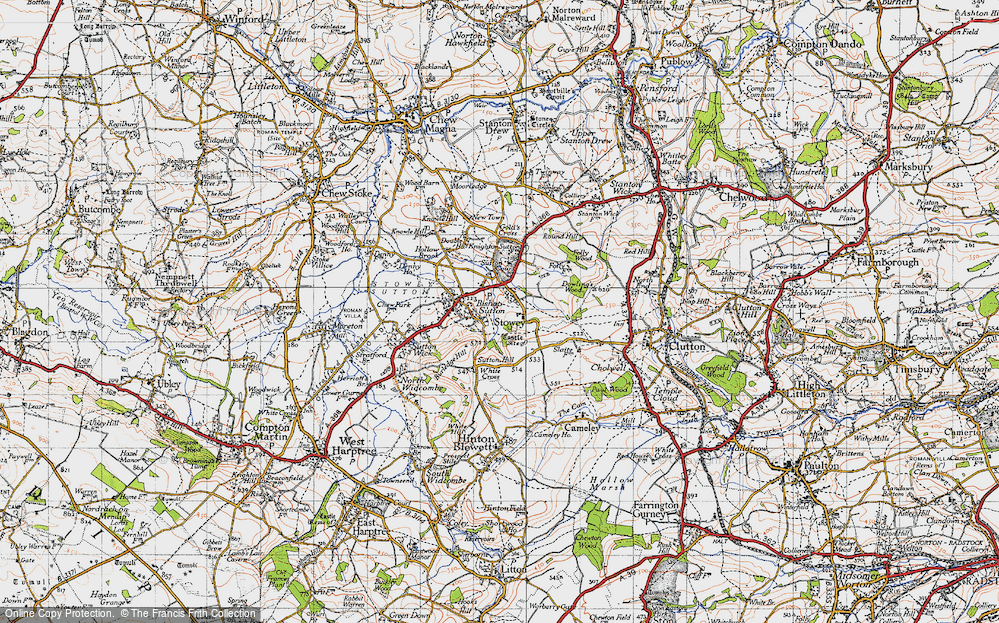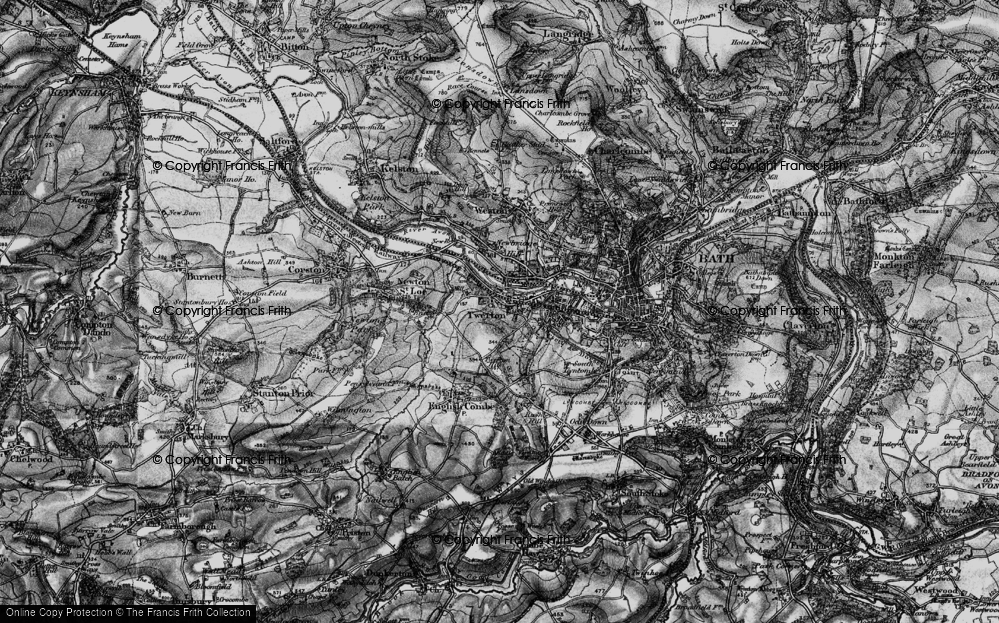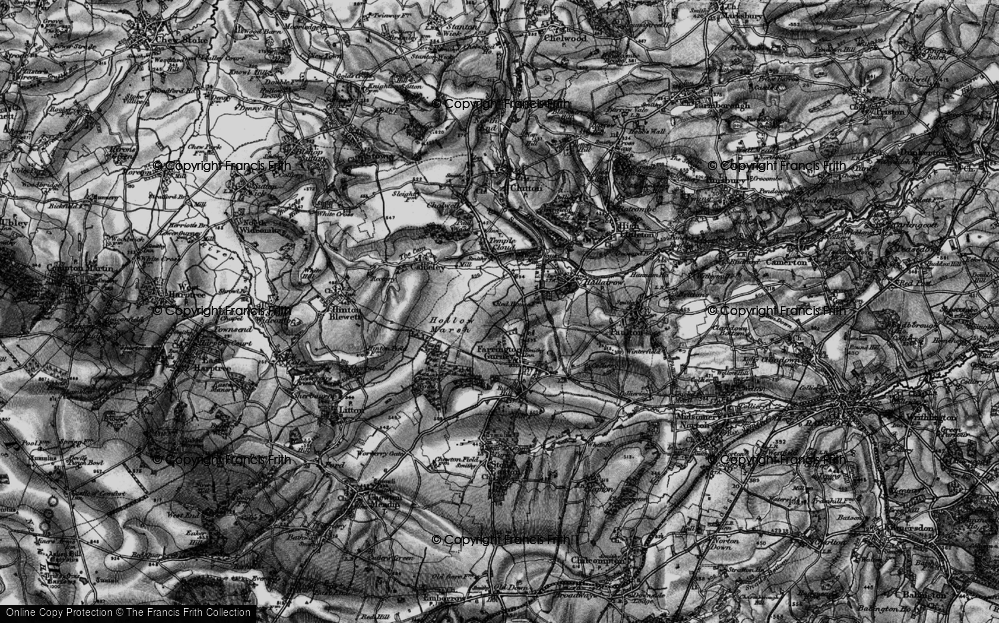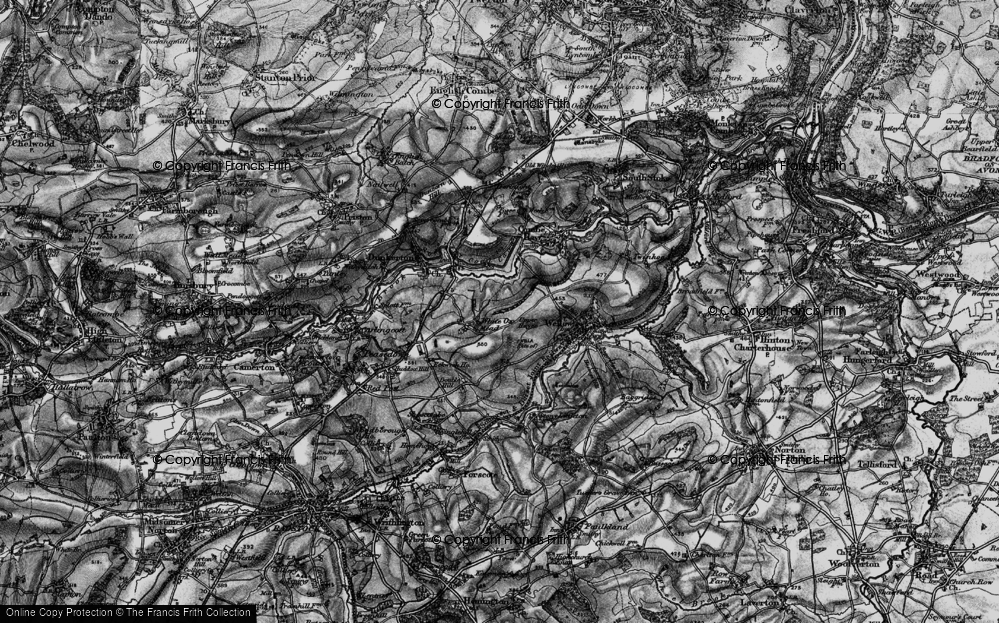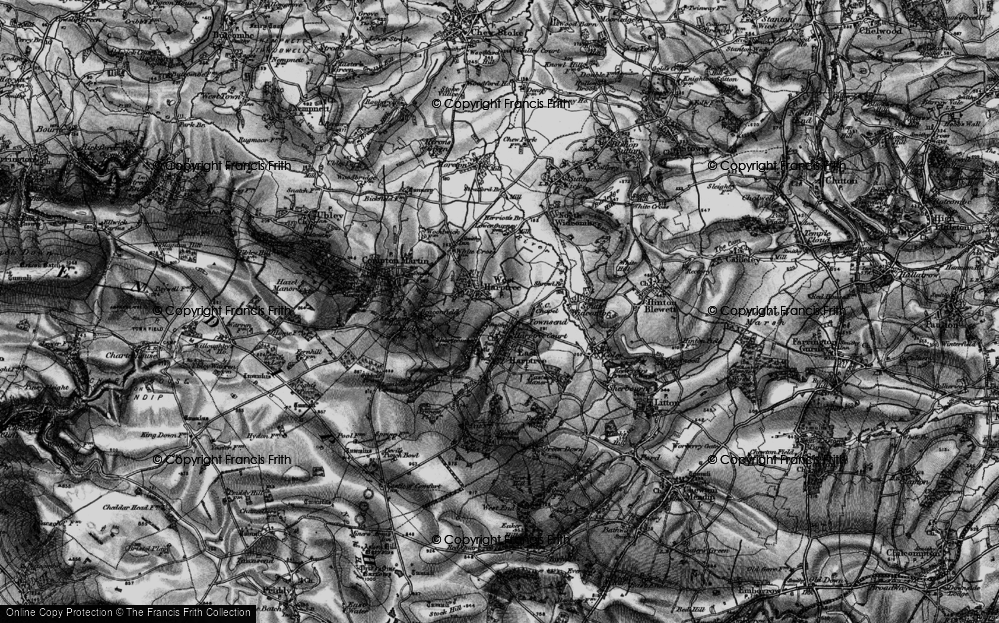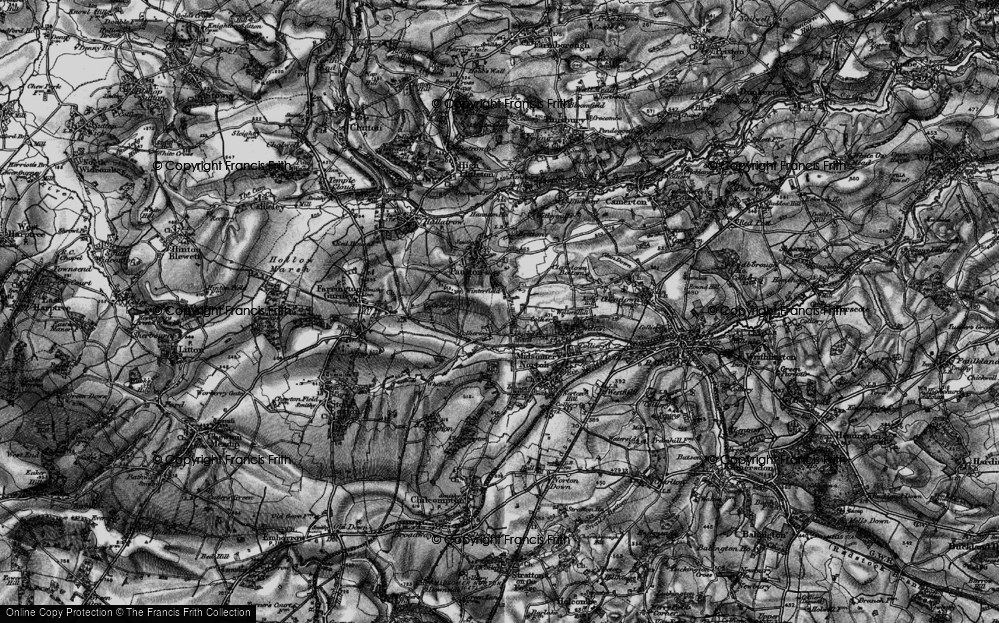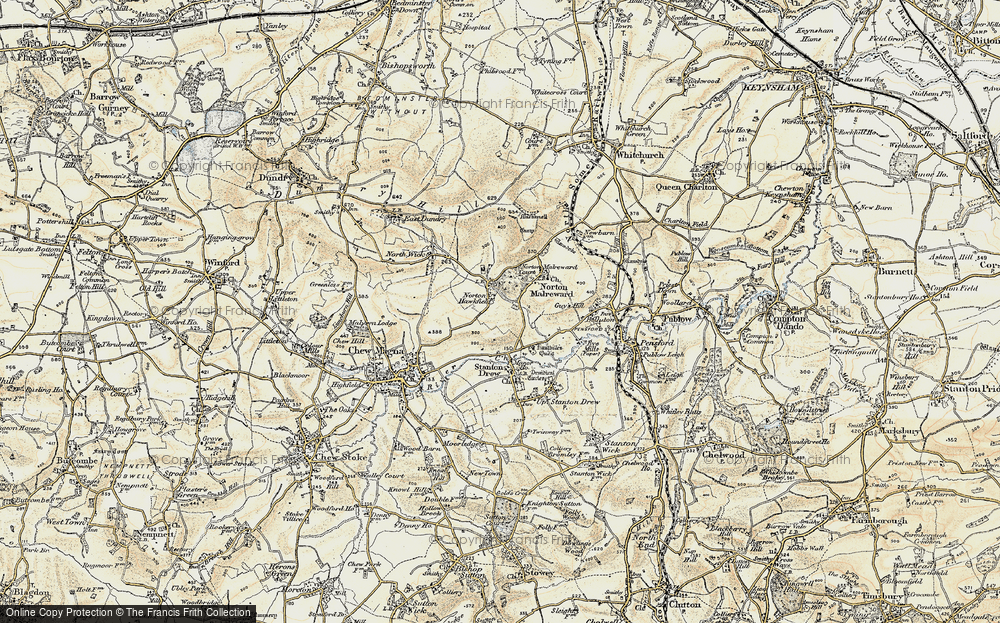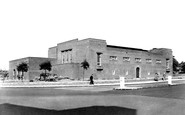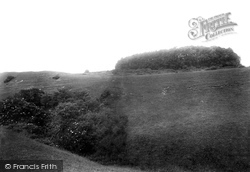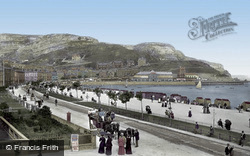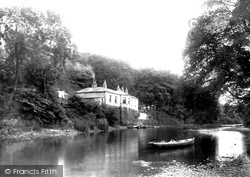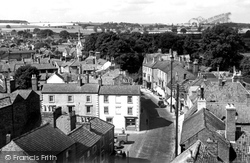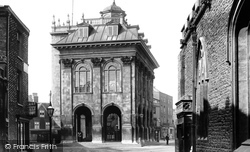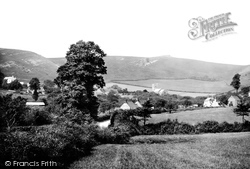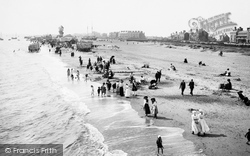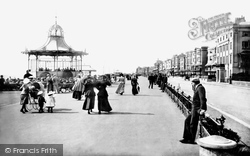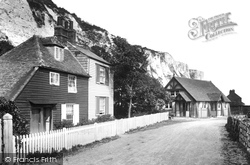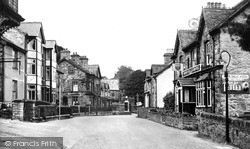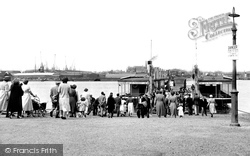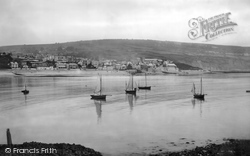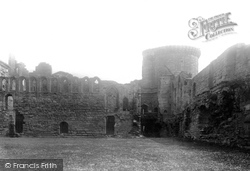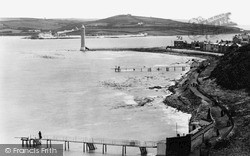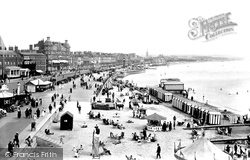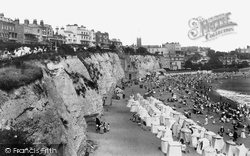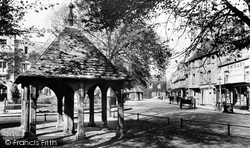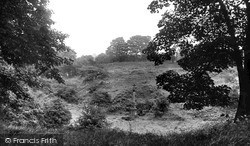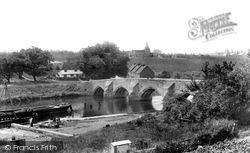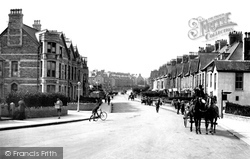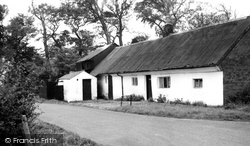Places
Sorry, no places were found that related to your search.
Photos
Sorry, no photos were found that related to your search.
Maps
1,353 maps found.
Books
3 books found. Showing results 889 to 3.
Memories
2,048 memories found. Showing results 371 to 380.
Isaac Green 1800's
Alas, I have no memories of Camerton. I have never visited this town of my ancestors. I have been to Bath, but at the time never knew of the existence of my family having originated in Camerton. My ...Read more
A memory of Camerton by
Beautiful Memories
Hello. I was born at Crumpsall Hospital 1945 and lived at 59 Dalton St, for seven years. Mother is named Eileen and dad was Fred. I had an older sister Barbara. My Aunty Peggy and Uncle John lived a few doors down - they ...Read more
A memory of Collyhurst in 1945 by
Postwar Childhood In Knypersley
Born in 1940 at Tunstall Rd, I spent hours of my childhood at the edge of Cowlishaw Walker's pool, reached through our neighbour, Mrs Sargent's garden, which sloped steeply up to the railings round the pool. I ...Read more
A memory of Knypersley in 1940 by
Downshall Secondary School
I have very fond memories of Downshall Secondary where I was between 1958 and 1962. I used to live in Downshall Avenue, and we used to walk everywhere, to school, to Seven Kings Park and the park up Meads Lane. We ...Read more
A memory of Seven Kings in 1960 by
Trevelyan Road Tooting
I was born on 8th May 1945 (the day the war ended) at 61 Trevelyan Road Tooting. My mum told me that there was a heatwave on the 8th May and whilst she was trying to get some rest there was a street party going n which she ...Read more
A memory of Tooting in 1945 by
Albion Place
I was born in 1939 and grew up in Kenfg Hill, living at 65 Pisgah Street, Foster Buildings, and 7 Albion Place during the war years. Albion Place was then in an area of Kenfig Hill known as The Huts, because the dwellings were all ...Read more
A memory of Kenfig Hill in 1945 by
Early Days In Bargoed
I was born, in 1945, in the front room of my parent's rented house in Bristol Terrace, Bargoed. Open the front and you were on the pavement!!. We had no central heating, no double glazing, no indoor bathroom (tin bath ...Read more
A memory of Bargoed in 1952 by
Swimming Baths
I am writing this memory on behalf of my late mother. She has lived in Sheffield since the age of 30. All of her good memories of Gateshead was the swimming baths. She was not very academic and she constantly told me how often ...Read more
A memory of Gateshead in 1943 by
Gervis Road Collyhurst Flats 1945 1964
My name is Tom Smith. I was born in 17 Gervis Rd, Collyhurst Flats in August 1945. My dad was Jack Smith and my mam was Ada; there were 6 kids, John, Mary, James, (me) Andrew, and Arthur. To me the flats ...Read more
A memory of Collyhurst in 1945 by
Wrens Warren Camp
I'm reading a book. Came upon the name Christopher Wren (astronomer around 1683). Suddenly it slipped into my mind the combination Wrens Warren Camp and via google came upon this site. I'm Dutch, survived the winter of ...Read more
A memory of Colemans Hatch in 1945 by
Captions
1,059 captions found. Showing results 889 to 912.
Now a tree-clad hilltop fort, this is another example of the many forts built by the Iron Age people. To date it has never been excavated.
'The Queen of Welsh resorts', Llandudno preserves much of its Victorian flavour, with its sweeping promenade faced by numerous hotels, its expanse of sands between the headlands of the Great and Little
The name derives from bos, Latin for ox, and ton, Anglo-Saxon for township. A Roman villa was here from AD200.
The tower of St Wilfrid's Church had to be the perch of the photographer for him to take this shot.
Frith's Victorian photographer was in the lane leading to the abbey gateway, and looking across the Market Place to what is now undoubtedly the finest building in Abingdon: the Town Hall.
This route heads for the beautiful Mendip Hills, the carboniferous limestone ridge that separates the Avon valley and Bath and Bristol from the rest of Somerset.
A late Edwardian scene before development took place along Grand Parade, and when grassy sand dunes filled the space where the Embassy Centre is now situated.
Worthing's was a good example, with screens to protect the band from the sea breezes and an elegant wrought iron openwork cupola to its ogee roof.
These timber-clad cottages, standing at the foot of the white cliffs, are part of a small community which developed both as a bathing resort and as a residential quarter in the closing years
These timber-clad cottages, standing at the foot of the white cliffs, are part of a small community which developed both as a bathing resort and as a residential quarter in the closing years
Trefriw, like so many Welsh villages, boasts a long history which is not always evident from the predominantly 19th- century buildings.
The Floating Bridge was for many the only way to cross the river at this point. This 1950s photograph somehow captures the spirit of that austere period following the war.
Nestling in a combe between two rocky hills, the tower of the parish church of St Michael is clearly visible in this view of the town, taken from the Cobb, on which the Duke of Monmouth landed on 11
Three hundred years ago, Bothwell was a strategically important village, its bridge being the only one over the Clyde apart from Glasgow Bridge.
Here is Larne the holiday resort, with its own segment of the rugged Antrim Coast.
The heart of Georgian Weymouth overlooks the sands from the Gloucester Hotel (top left) and the Royal Hotel (centre left), in a broad sweep around to the Victorian spire of St John's Church and Brunswick
Now a tree-clad hilltop fort, this is another example of the many forts built by the Iron Age people. To date it has never been excavated.
The wheeled bathing machines of earlier pictures have been replaced by this array of circular tents, allowing Edwardians to divest themselves in privacy.
Until 1880 this area was the butchers' shambles, then replaced by the pump (in the shelter, foreground).
This photograph shows Witton Gilbert's war memorial in its original position on part of the dene on a popular and well used walk down to a bathing hole where people used to swim, and where parents brought
The village sits high above the flood plain of the Medway. This peaceful scene shows the 14th-century five-arched ragstone bridge, which is considered by some to be the finest in the south-east.
Just horse-drawn traffic, a bicycle and one distant motor car are the only vehicles in the street.
The tower of St Wilfrid's Church had to be the perch of the photographer for him to take this shot.
Here in what was thought to be the largest village in the Fylde we have a good example of a Fylde cruck-built thatched homestead, of which very few remain.
Places (0)
Photos (0)
Memories (2048)
Books (3)
Maps (1353)


